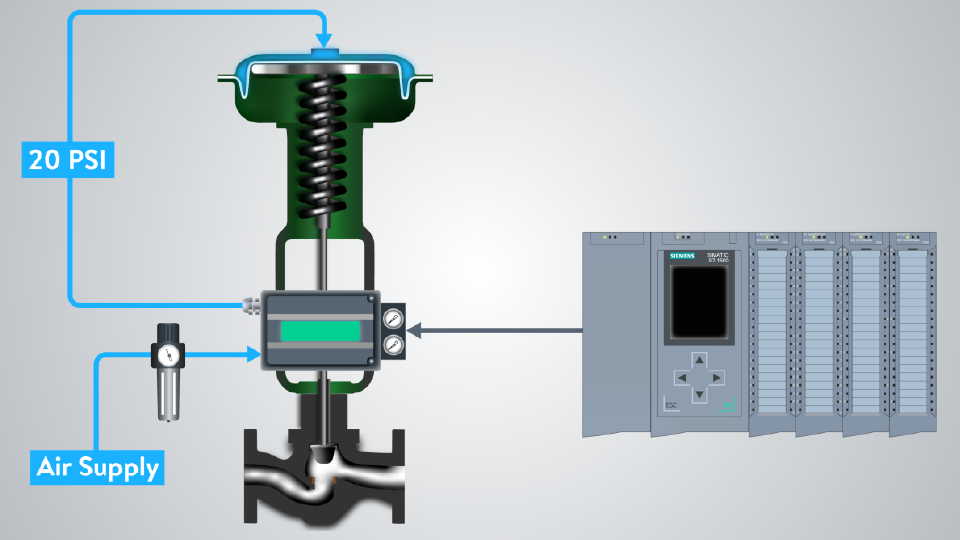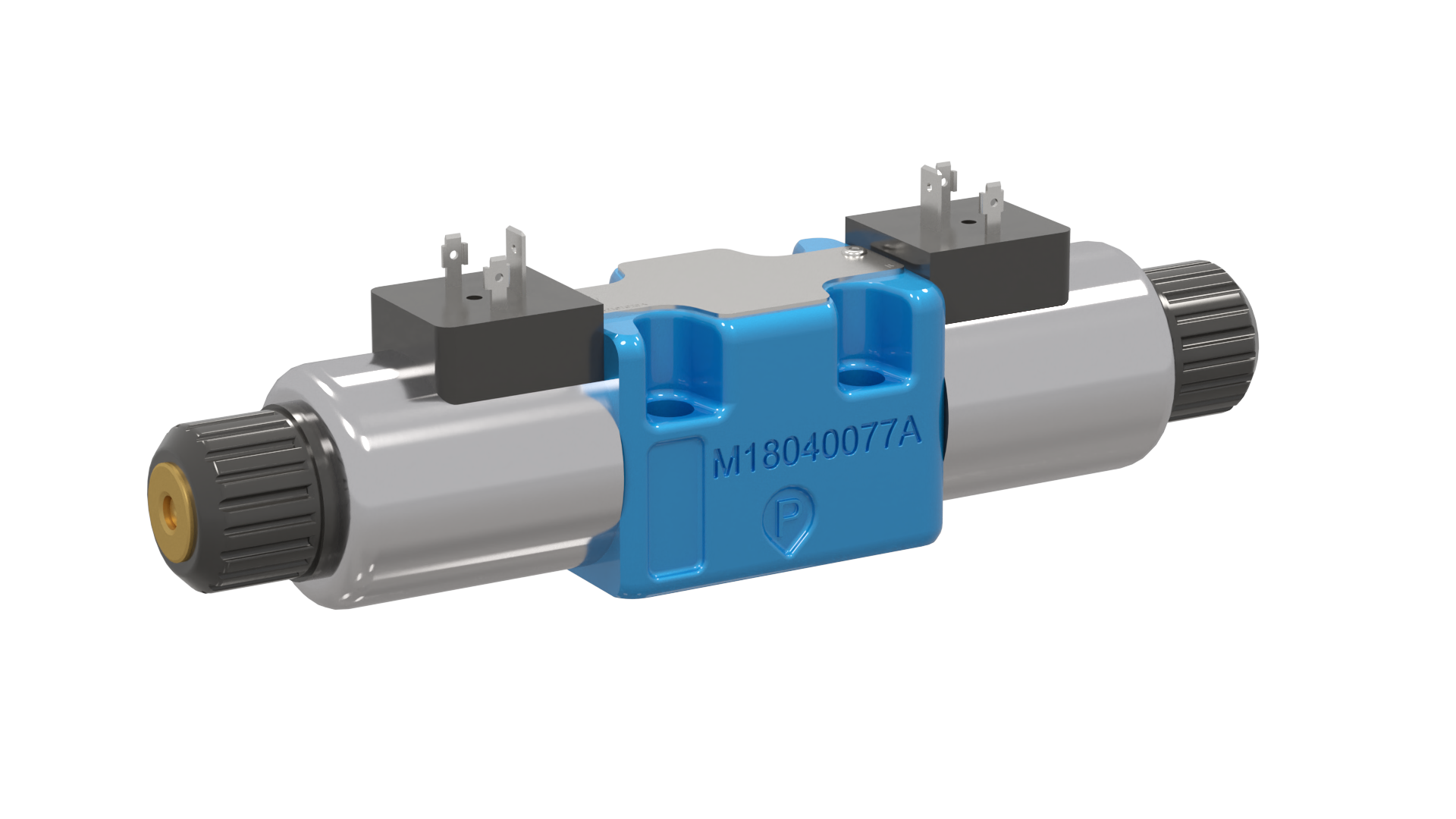The Role of Control Valves in Fluid Circulation Management Solution
The Role of Control Valves in Fluid Circulation Management Solution
Blog Article

Maximize Power Financial Savings and Convenience With Advanced Structure Automation Controls
In the realm of contemporary architecture and facility monitoring, the assimilation of innovative structure automation regulates stands as a crucial development. The merging of modern technology and sustainability has birthed a brand-new age where power effectiveness, comfort optimization, and operational streamlining are no more remote ambitions however attainable facts. By using the power of automation, structures can adapt, react, and advance in manner ins which were once unimaginable. The possibility for significant energy financial savings and enhanced comfort is not just a possibility however a guarantee waiting to be satisfied. This paradigm change in structure monitoring holds the crucial to opening a globe where ecological conscientiousness and resident well-being sympathetically coexist within the wall surfaces of our structures.
Energy Effectiveness Benefits
Energy efficiency benefits can considerably decrease energy usage and functional expenses in buildings. By implementing energy-efficient methods and modern technologies, building owners and drivers can achieve substantial savings while additionally adding to ecological sustainability. Among the primary advantages of enhancing power efficiency in buildings is the reduction of energy bills. Energy-efficient systems, such as innovative structure automation controls, can maximize making use of sources like air conditioning, home heating, and illumination, leading to lower energy expenses with time.
Additionally, boosted energy effectiveness can lengthen the life expectancy of structure equipment and systems. By running much more effectively, a/c systems, lighting fixtures, and various other structure elements experience less damage, causing decreased maintenance and replacement expenses. In addition, energy-efficient structures often regulate greater home values and rental rates, providing long-term financial advantages to proprietors.
Furthermore, energy effectiveness can boost passenger comfort and productivity. Correctly managed interior atmospheres with ideal lighting and thermal conditions produce an even more helpful and pleasurable office, causing boosted staff member contentment and efficiency. Overall, the energy performance advantages related to advanced building automation controls are multifaceted, including cost financial savings, ecological stewardship, and passenger health.
Enhanced Convenience Control
Enhancing convenience control in structure settings needs an advanced combination of sophisticated automation systems for ideal resident well-being. By using advanced structure automation controls, facilities can customize the indoor environment to fulfill the details demands and preferences of owners. These systems allow exact policy of ventilation, lighting, and temperature level, creating a comfortable and efficient environment. Occupant complete satisfaction and efficiency are carefully connected to thermal convenience, making it vital to have systems in position that can adjust to changing problems in real-time.
By incorporating these advanced controls, structures can not just enhance convenience however additionally enhance power effectiveness by maximizing system operations based on real tenancy and use patterns. Inevitably, prioritizing occupant comfort through innovative automation systems leads to a much more pleasurable and much healthier interior atmosphere.
Operational Effectiveness Improvements

Furthermore, the application of real-time surveillance and analytics devices enables building operators to determine power inefficiencies and functional anomalies without delay. By continuously keeping an eye on power usage patterns and system efficiency metrics, adjustments can be made in real-time to optimize power intake and guarantee peak operational effectiveness. control valves. Furthermore, incorporating demand action approaches into structure automation controls can better enhance operational efficiency by dynamically changing energy use based upon grid conditions and rates signals
Indoor Environment Optimization
Reliable interior environment optimization is an essential element of building automation controls, making certain occupants' convenience and well-being while maximizing power financial savings. By making use of sophisticated sensors and controls, building automation systems can visit here continually change and keep an eye on temperature, humidity degrees, air quality, and ventilation to develop an optimal indoor setting. Preserving comfy and constant conditions not just improves occupant contentment but also enhances efficiency and general health.
Interior environment optimization likewise plays a vital duty in power effectiveness. By fine-tuning cooling, ventilation, and heating systems based on real-time useful site information and tenancy patterns, developing automation controls can substantially reduce power consumption - control valves. For example, implementing strategies such as demand-controlled air flow and thermal zoning can assist minimize energy waste while making sure that each area of the structure receives the essential conditioning.

Sustainable Environment Production
Building automation regulates not only maximize indoor climate conditions for power effectiveness and resident convenience but also lay the structure for creating a lasting atmosphere via tactical administration of sources and systems. By incorporating sophisticated building automation innovations, such as sensors, actuators, and smart software application, centers can readjust and keep track of energy usage in real-time to minimize waste and lower their carbon impact. These systems enable predictive upkeep, recognizing potential concerns prior to they escalate and optimizing tools efficiency to enhance durability and performance.
In addition, sustainable atmosphere production extends beyond power management to incorporate water preservation, waste decrease, and interior air quality improvement. Structure automation controls can regulate water use, discover leaks, and guarantee correct garbage disposal methods, contributing to general sustainability initiatives. In addition, by managing and monitoring ventilation and filtering systems, these innovations improve passenger health and wellness and productivity while decreasing energy intake linked with a/c procedures.
Conclusion
Finally, progressed structure automation manages offer considerable benefits in terms of power cost savings, comfort control, operational performance, indoor climate optimization, and developing a sustainable atmosphere. By executing these controls, buildings can go to website accomplish ideal efficiency while reducing power intake and enhancing resident comfort. It is obvious that making use of advanced automation modern technology is crucial in enhancing structure performance and developing an extra sustainable future.
Energy performance advantages can substantially minimize power usage and functional prices in structures. On the whole, the power performance benefits associated with sophisticated structure automation controls are complex, incorporating expense financial savings, environmental stewardship, and owner health.
In addition, incorporating need feedback techniques right into structure automation controls can additionally enhance operational efficiency by dynamically adjusting power use based on grid problems and prices signals.
Structure automation manages not just enhance indoor environment problems for energy performance and resident convenience however likewise lay the foundation for creating a sustainable environment via calculated management of resources and systems.In conclusion, progressed building automation manages deal considerable advantages in terms of energy cost savings, comfort control, functional effectiveness, interior climate optimization, and producing a lasting environment.
Report this page